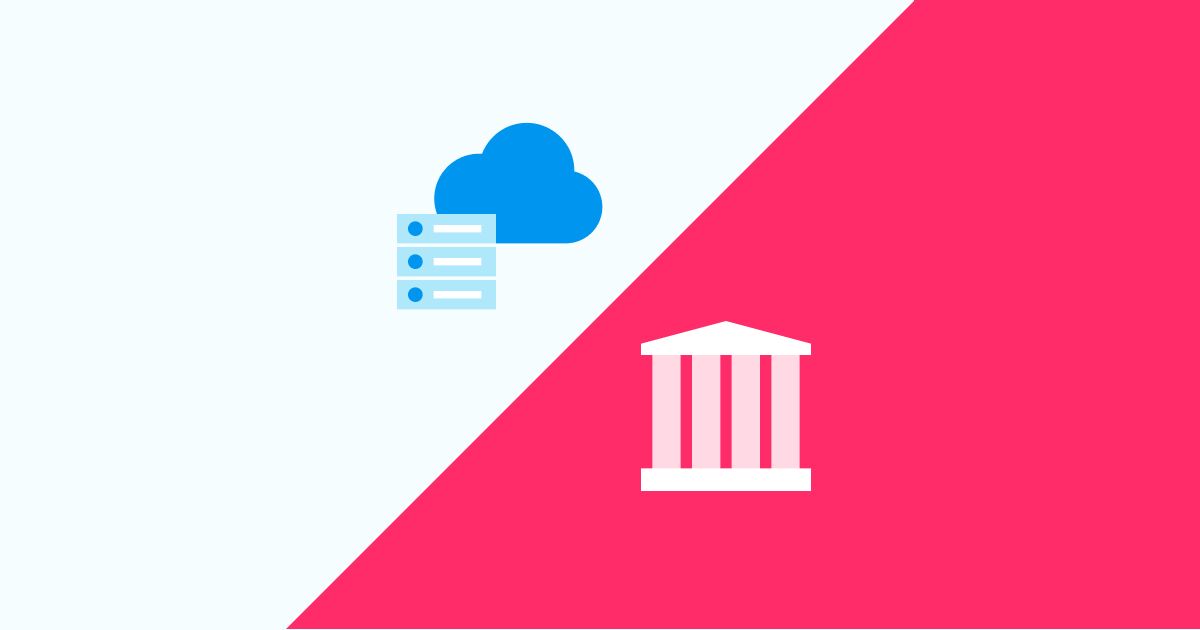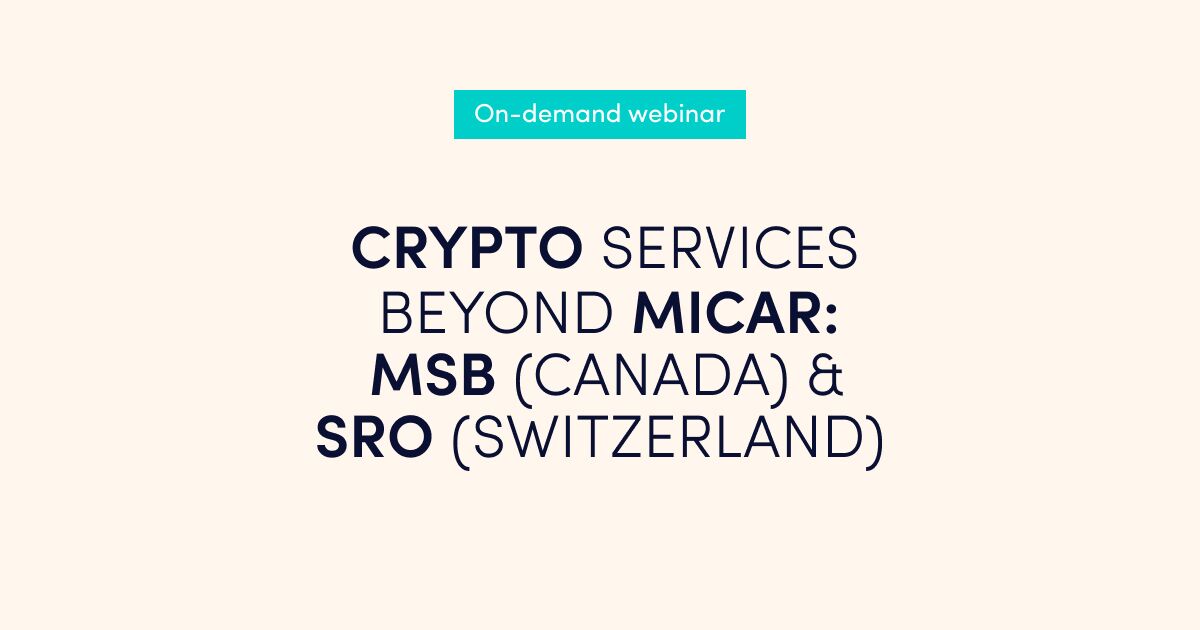Today companies have rapidly shifted to cloud technologies. With the disruptive technologies and innovations, unprecedented changes have been taking place in all industries, including Financial Services and Digital Banking. As we can see, cloud technologies have brought different benefits to the stage – for example, resources optimisation in combination with cost savings. Financial companies are on the loop about effectiveness of a “Pay-as-you-go” model – when using Digital Banking cloud-based services or SaaS they don’t need to have a significant upfront investment, but one pays only for things in use.
There are alternative solutions to cloud-based technologies. You can either purchase a software license and implement an on-premise solution. In comparison with the SaaS solution, it requires professional onsite IT team and investments in the first phase of the project.
We, at Advapay, provide Digital Banking systems for fintechs. This is one of the reasons why we would like to educate our existing and potential customers, and in this article compare SaaS and on-premise solutions. If you are in the process of evaluating two approaches and trying to figure out what is best for your Digital bank, make sure to read our article and draw up your checklist. We have analysed technologies according to parameters important for both your current and future needs.
Time-to-market
SaaS
If you are looking to set up a business in a short period of time, then it will be better to implement the SaaS model. The solution comes with pre-built integrations and can require minimum modifications or customisations.
On-premise
The implementation of an on-premise solution requires more time in comparison to the Banking SaaS solution. Most clients usually pick the on-premise solution because they are looking for a very personalised solution, including new integrations, functionalities un customisations. When you implement the on-premise solution on your servers, you need to count how much time you need to complete the integration phase and start operating.
Functionality
SaaS
It is very widespread that Digital Banking SaaS providers offer the functionality that is only available within the box solution – for example, ready-made integrations with solution providers, modules and features. Besides, you will be still able to make minor customisations, which do not interfere with the solution architecture and do not require extensive programming works.
On-premise
If you choose the on-premise solution or software license, there are no limitations for your capabilities. You can request to develop new modules, make new integrations, customise existing back or front-end. Nevertheless, it depends on your provider – to what extent you can customise your solution. Other than that, if you are planning to provide support for your solution and task your team to make additional integrations – make sure to require specific code parts.
Flexibility
SaaS
When it comes to SaaS, it is an out-of-box solution. You have to pay-as-you-go to get specific functionalities and ready-to-use gateways. If you implement this solution, you need to be aware of the fact that this kind of platform is challenging to customise. For example, you decide to make integrations with payment service providers. In that case, it is likely that the existing solution may not support such changes or as bad as it sounds it may be available in a year.
On-premise
In turn, the software license solution is usually more customer-oriented and can be easily customised according to precise customer requirements both – at present and in the future. However, it is vital to ask the software provider before making a purchase. Because sometimes it isn’t about the model, but the provider and solution flexibility. It depends on how open the solution or service is. Keep in mind that your business will grow, and you will need a solution that serves more and more customers, partners and transactions. There are other aspects to consider. For example, it might be the case that you make 1000, 10 000 or 100 000 changes in the core system – after that, switching to the new version of the system from the same vendor won’t be possible.
Security
SaaS
For Banking SaaS, all the data are hosted on a cloud server powered by the service provider. Probably your first thought is that it might expose you to higher security threats in comparison to the on-premise solution. But bear in mind that a recently established company cannot provide the same level of security as a service provider that has worked for many years to develop a secure infrastructure. The experience of IT teams building the Core banking system and time spent on projects will never be the same for giant corporations and new, start-up teams. As a result, the level of security will never be equal. But, in any case, you need to evaluate your provider and security of the technical infrastructure.
Even though, the overall security of the solution is on the provider’s side, none of the provider’s employees can access the Database or other data. Your management and employees are the only ones that can give access to any data that you own.
With SaaS, you can always rely on the company and the team that provides Core Banking and contract them for maintenance and support. Nevertheless, for SaaS solutions, security support and maintenance are usually included in the price of a monthly payment.
On-premise
In the case of a software license – all the responsibilities for storage, maintenance and other activities related to security, including IT staff and costs, are on the customer’s side.
For both options: The company must take necessary actions to implement all security measures on-site. It includes antivirus programmes, increasing the literacy of security concerns among employees, mandatory usage of roles & access functionalities.
Costs and pricing
SaaS
For businesses, which aren’t ready to invest in software, hardware, and IT teams at the very beginning, SaaS is the most cost-effective way to start a business and grow together with the platform. For SaaS, you don’t need to allocate huge budgets for the initial phase. Usually, you will need to pay a setup fee and a monthly fee for running the system. It means that you will get the picture of how much the software part costs and budget accordingly, without worrying about hidden charges or fees.
On-premise
If you choose the on-premise solution, you need to allocate a much bigger budget from the very beginning. Additional customisations, developing new integrations, even creating new modules will require huge investments. But these investments will bring you more opportunities in terms of new products and the competitive advantage in the market.
There is no best option. You can evaluate the pros and cons of each solution and decide which solution is best suited for your business. To make the right decision, we advise you along with an assessment of the current situation of your business, keep in mind the further business development plan.
Good luck!
Advapay is a technology company providing the Digital Core Banking platform to empower fintech clients or digital banks to start their businesses and accelerate digital transformation. The platform delivers all essential functionalities, a front-to-back system and a set of tools to customise and bring new integrations. With Advapay, potential and existing customers can connect either to the cloud-based SaaS or on-premise software. Besides the technical infrastructure, the company provides business advisory and fintech licensing services. Interested to learn more, please drop us a message.









